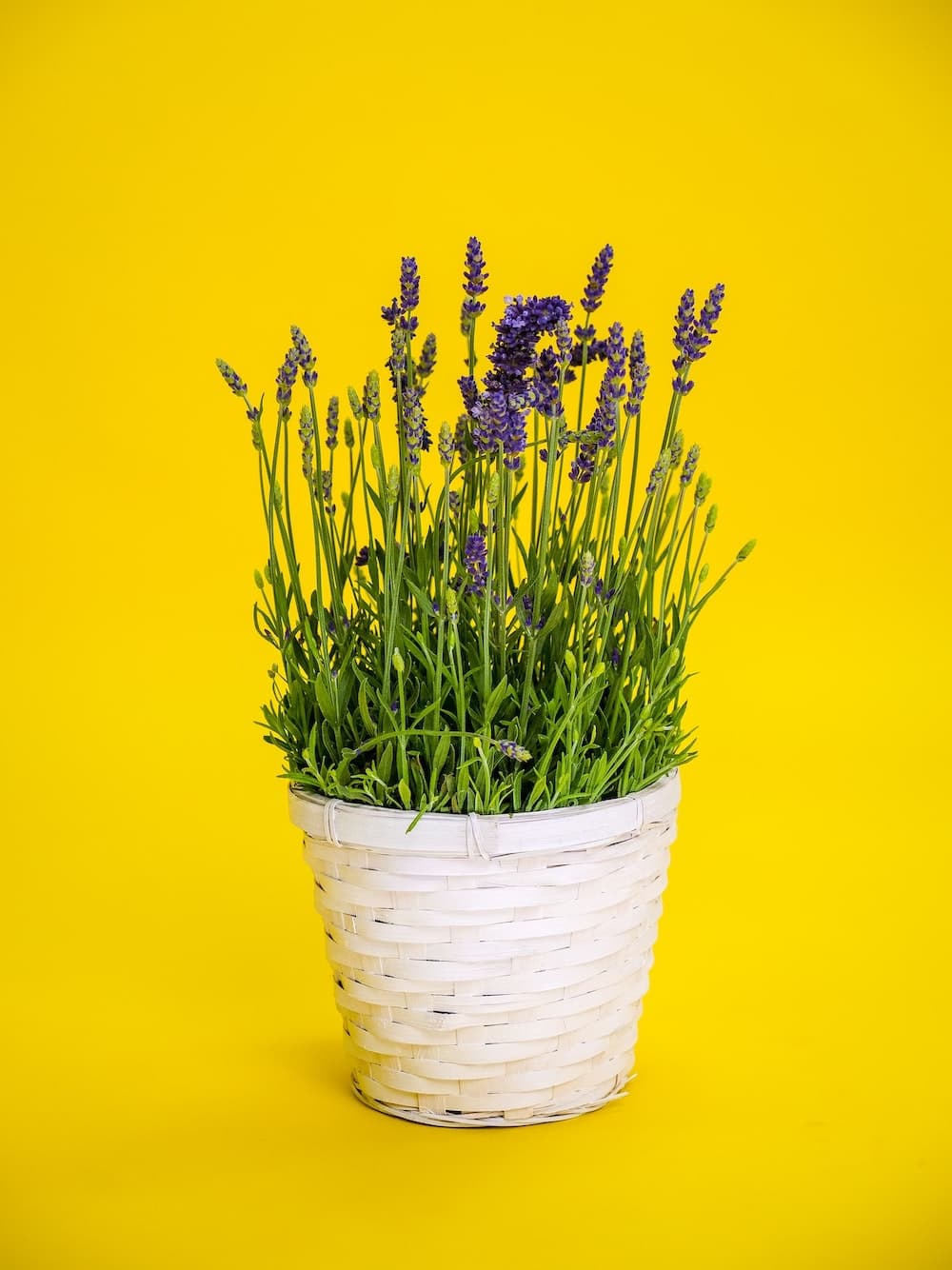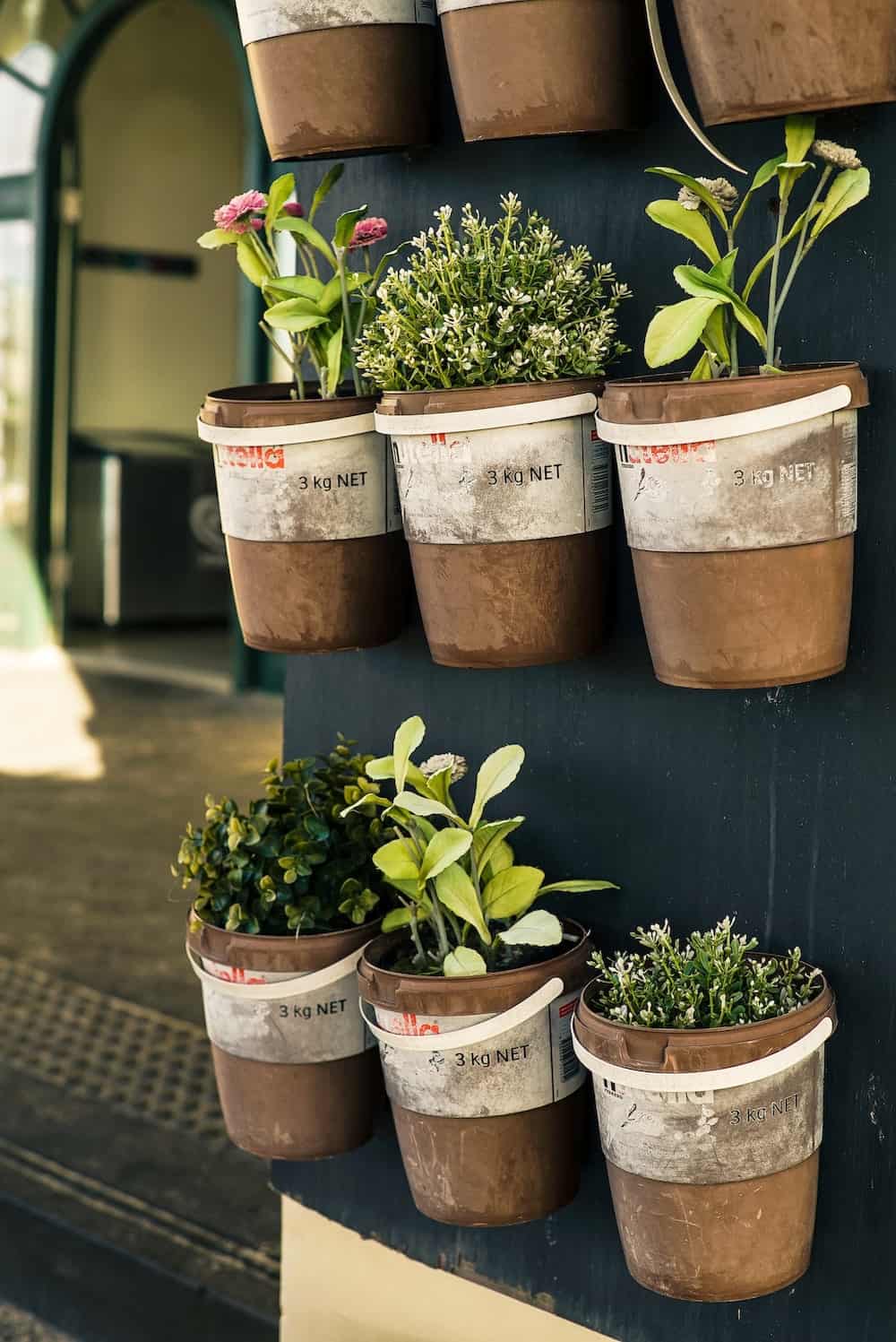Whether indoors or outdoors, plants are a beautiful addition to any decor. They are generally easy to care for and will thrive with proper care and treatment. If you are unsure how to take care of it properly, stay and read some tips on it.
Choose the right plant
People often make the mistake of deciding on a plant before they know where to put it. This is because different plants thrive in different places depending on the amount of space and light available. Here are the main things to consider when choosing a suitable location for your plant: space, humidity, and temperature.
When it comes to gardening, not all plants are created equal. You can get the most out of your garden and ensure its healthy growth all year by carefully selecting the plants you put in it. One of the most critical aspects of garden design is the surrounding environment. Before heading out to the local nursery, it’s a good idea to do some online research to find out what plants will thrive in your area. Whether plants will thrive in your garden depends on a number of variables, including soil and weather conditions.
A wide range of sizes and forms may be seen between plants. Knowing the mature size of a plant is important when purchasing it, and this is particularly true for trees. Wherever you plant it, it ought to flourish. Furthermore, the roots’ expansion might weaken your house’s structure. The amount of shade, upkeep, blooming period, and so forth are all relevant aspects.
Use LED hydroponics grow lights
A grow light is a unique lamp that emits high-intensity artificial light to simulate sunlight on hydroponic plants. You should do research and find the best grow lights for hydroponics that provide an environment in which photosynthesis takes place at maximum efficiency, allowing plants to maintain a constant growth rate and improve yields. Grow lights come in different spectra and intensities that can be adjusted to suit your plant’s needs.
Benefits include increased growth rates and yields, more consistent growth cycles, extended growing seasons, and reduced energy costs. Moreover, it can be used in any location, regardless of the weather conditions outside.
Water them
Setting the right moisture balance for indoor plants can be difficult. Too much water and the roots will start to rot due to poor drainage, too little and they will die. The specific amount of water needed depends on the plant, and the balance is the key.
Some prefer to be very moist all the time, while others (such as cacti and succulents) need to be watered only once every few weeks. However, most plants will thrive if watered two to three times a week. Use a spray bottle or a small watering can and add just enough water each time to keep the soil moist without becoming soggy. Watering plants in your garden depends on natural factors and the surrounding environment. Therefore, the amount of water you need is on the weather and soil in your area.
Fertilize
 For every gardener, knowledge of fertilizers and how to use them effectively is as important to vigorous plant growth as knowledge of hardy zones in plants. Fertilizers consist of three main chemical elements, such as nitrogen, phosphorus, and potassium.
For every gardener, knowledge of fertilizers and how to use them effectively is as important to vigorous plant growth as knowledge of hardy zones in plants. Fertilizers consist of three main chemical elements, such as nitrogen, phosphorus, and potassium.
The point is that not all plants have access to important nutrients in the soil and air; each type of soil has its own combination of nutrients. Therefore, before considering what fertilizer your plant needs, you should consider the soil in which it grows.
When it comes to fertilizing, more is not always better. You may be overfeeding your plants, and too much fertilizer can damage or even kill them. Before applying any fertilizer, we recommend testing your soil so that you can choose the type and formula that best suit your plant’s needs. Benefits include bigger leaves and bigger fruits and vegetables.
Clean dust
While it may seem like a boring task, cleaning the leaves of your houseplants regularly is of high importance. A layer of dust on the leaves blocks sunlight and reduces the photosynthetic capacity of the plant, ultimately allowing the plant to feed itself.
Regular cleaning of the leaves of indoor plants saves time in the long run and improves both the plants and the indoor environment. The frequency of cleaning the leaves of houseplants depends on the amount of dust in the air in your home. Houseplants that grow on dirt roads, vacant lots, and windy areas will need to be cleaned fairly often, perhaps every two weeks. Rub the leaves with your fingers. When you can feel or see more dust than you can blow away, it’s time to clean.
Flowers make our homes and gardens more beautiful and enchanting. However, if you want them to look that way, they have to be healthy, and to succeed in that, proper maintenance is inevitable.

